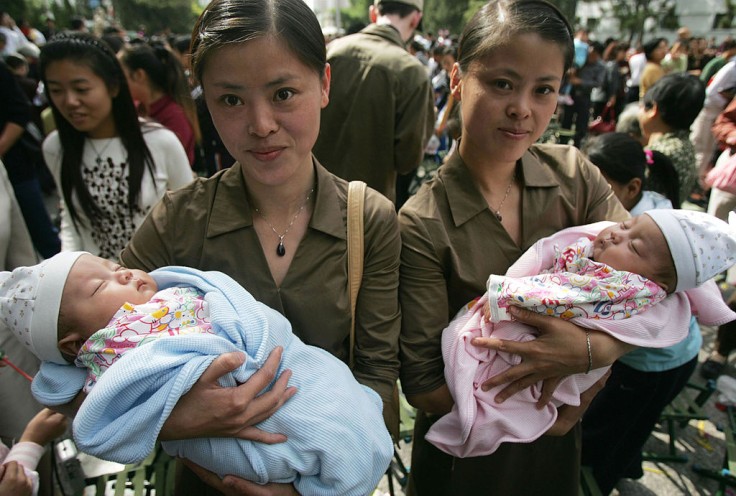
An Alabama hospital has helped deliver twins born in a unique "one in a million" gestational period, marking the second occurrence of such an event.
Moms with Double Uteruses Give Birth to 2 Sets of Twins
Shellie Pascoe, 29, welcomed a healthy boy and girl in March, twins she carried in her two uteruses. Pascoe shared that she found her circumstances, uterine didelphys or double uterus, while trying to conceive, after encountering a miscarriage about a year and a half ago.
Despite difficulties, including a second miscarriage, Pascoe became pregnant again and discovered out during her first ultrasound that she was carrying twins.
This discovery was met with surprise and gratitude by Pascoe and her husband, John. Only about 0.3% of females are born with a double uterus, making the odds of carrying twins in each uterus about "1 in a million," according to Dr. Richard Davis from the University of Alabama at Birmingham.
Pascoe gave birth to her twins, named Kamden and Kaylee, on March 6 at the University of Alabama at Birmingham's Women & Infants Center, the same hospital where a related case happened last December.
Kelsey Hatcher, also born with a double uterus, had twin daughters, each carried in one uterus, and has now connected with Pascoe. Both mothers, who live close by, are forming a bond after their unique experiences. Pascoe described her pregnancy and delivery as a wonderful experience.
Alabama Mother Gives Birth to Extraordinary Twins at UAB
On December 19, 2023, Kelsey Hatcher arrived at the University of Alabama at Birmingham Hospital for a scheduled induction, marking her fourth gestation.
Despite her prior experiences with three typical, healthy pregnancies, this time was different. Kelsey, diagnosed with a rare double uterus situation called uterus didelphys at the age of 17, was pregnant with a baby in each uterus, a truly extraordinary happening.
After 20 hours of labor, she gave birth to two girls, with Baby A born on December 19 and Baby B on December 20, doubling the importance of their birthdays.
Kelsey's condition, affecting only 0.3% of women, posed unique challenges. Concerned about potential complications, she underwent regular ultrasounds and checkups at UAB.
Though her pregnancy progressed smoothly, planning for delivery presented unfamiliar territory. With only a handful of similar cases to reference, her medical team, led by obstetrician Shweta Patel and maternal-fetal medicine specialist Richard O. Davis, devised strategies for potential scenarios.
Kelsey's labor, involving both uteri, required careful monitoring and decision-making. With contractions felt simultaneously on each side, the team navigated the complexities of birthing twins in separate uteri.
Baby A's vaginal birth was celebrated, but Baby B's birth via cesarean section showcased the uncommonness of the circumstances. Despite the difficulties, both babies were born healthy, a testament to the expertise and cooperation of the medical team.
While technically not traditional twins, Kelsey's daughters share a unique bond as "fraternal twins" born from the same ovulation cycle. Their remarkable journey, supported by the interdisciplinary care at UAB, highlights the ever-evolving nature of obstetrics and the extraordinary possibilities it can bring.
Related Article: Conjoined Twin Abby Hensel Married in 2021, Prompting Curiosity About Intimacy While Sharing a Single Body
